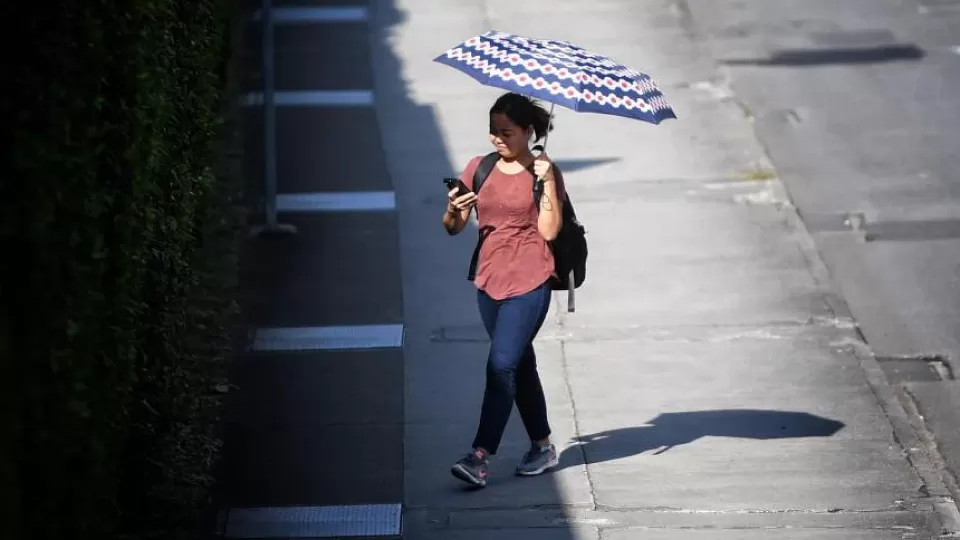September 29, 2022
SINGAPORE – The Republic could soon experience warmer days and chillier nights, as extreme weather events become more serious and frequent due to climate change.
The country is investing heavily in research and development, and strengthening its weather forecasting capabilities to deal with the long-term impacts of changing weather, said the National Environment Agency (NEA) on Wednesday.
The agency’s Integrated Sustainability Report for financial year 2021 – which provides an account of its corporate, financial and sustainability performance – noted that the hottest day between January and July was April 1, with a sweltering 36.8 deg C recorded in Admiralty.
That was the second-highest temperature on record here after the all-time high of 37 deg C recorded in Tengah on April 17, 1983.
The coldest night so far in 2022 was Feb 20, when the temperature dropped to 20.4 deg C in Jurong West.
The lowest temperature ever recorded here was 19.4 deg C on Jan 30 and 31 in 1934.
The United Nation’s top climate science body – the Intergovernmental Panel on Climate Change – said in a 2021 report that Singapore could face more punishing heatwaves and severe flooding events if emissions do not come down to net-zero by 2050.
To better prepare for the effects of climate change, Singapore’s third national climate change study (V3) – helmed by NEA’s Centre for Climate Research Singapore – will provide localised and high-resolution climate projections up till 2100.
It is expected to be completed by September 2023.
The model will divide Singapore and the rest of South-east Asia’s land and sea area into grid cells of 8km by 8km, and project changes in temperature, humidity, wind speed, rainfall amount and sea-level rise in each cell till 2100.
The results of a recent study by the Earth Observatory of Singapore (EOS) and the Asian School of the Environment (ASE) at Nanyang Technological University on the rate of sinking land, or land subsidence, in Singapore will also be included in the V3 study to better estimate sea-level rise.
The study found that Singapore is sinking at an average rate of around 1.4 mm per year, although this could go up to a peak of 6.9 mm a year in certain areas.
This would amplify the impact of sea-level rise, which is expected to increase by about 0.2m by 2050, before reaching 1m by 2100.
The study, which is supported by NEA’s National Sea Level Programme, also found that such land subsidence is minimal in most places across the city, except for a few localised spots such as in parts of Seletar, Changi, and the western and central water catchment areas.
Land subsidence in these areas needs to be verified with ground measurements as the results are less reliable over vegetation and land that have undergone significant changes, said Ms Cheryl Tay, a PhD student at EOS and ASE, and the first author of the study.
Ms Hazel Khoo, director of the coastal protection department at national water agency PUB, noted that land subsidence could lead to higher relative sea levels and increased flood risk in the longer term.
“While it is not expected to be significant, it is one of the factors PUB takes into consideration in planning for coastal protection, in addition to mean sea-level rise, tides and storm surges (an abnormal rise of water generated by a storm),” she added.
“Long-term monitoring of land subsidence and a better understanding of contributing factors across different parts of Singapore are useful for coastal protection planning. PUB will work with the Singapore Land Authority to monitor land subsidence in Singapore and tailor our coastal protection strategies accordingly.”



